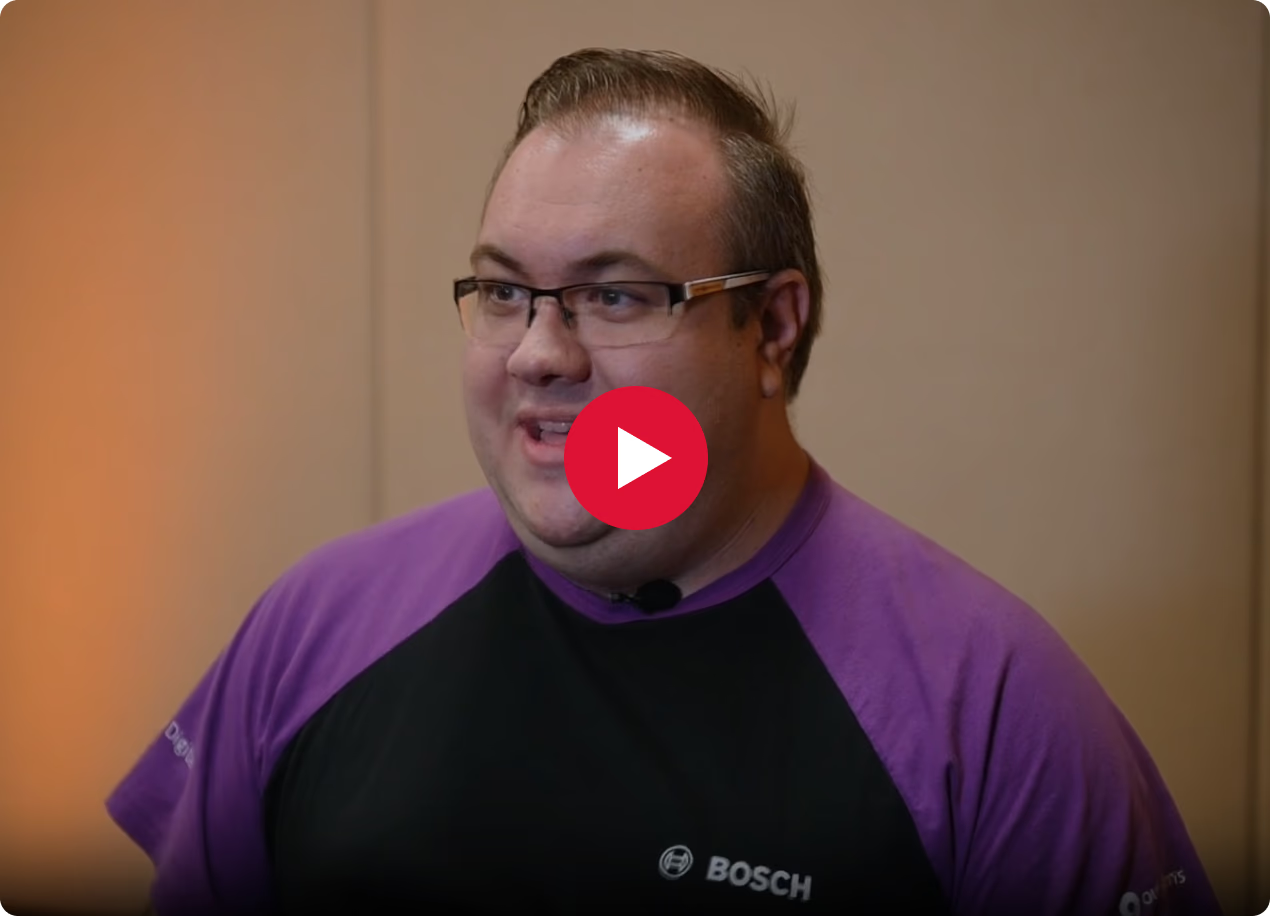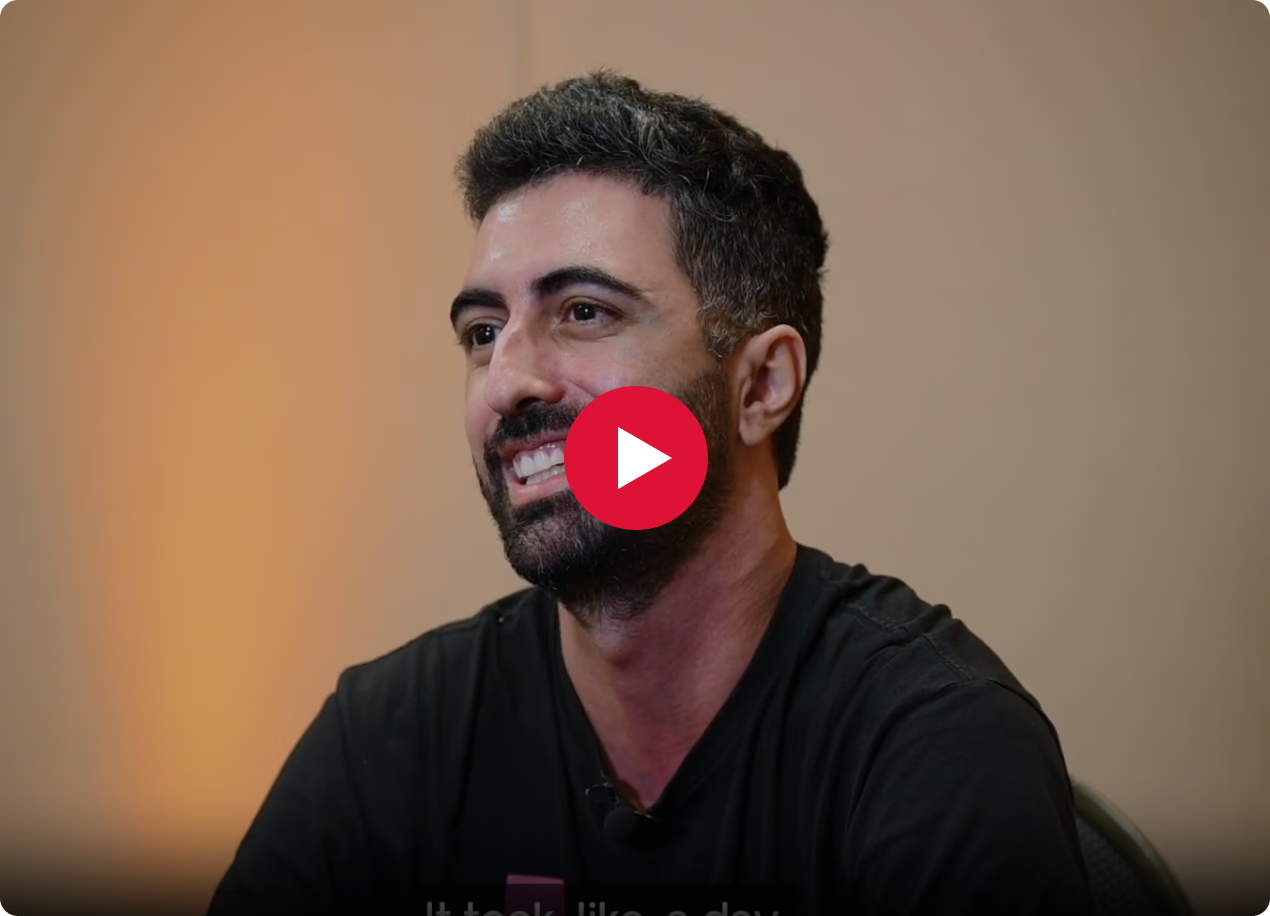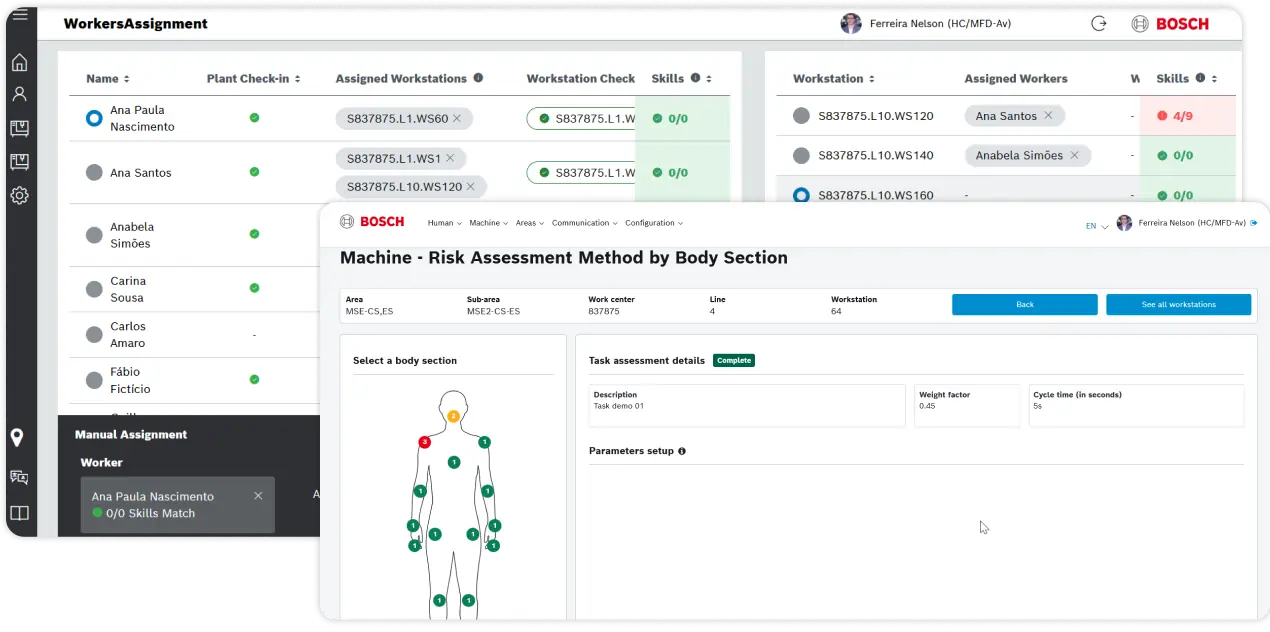The risk of shadow IT
As one of the biggest names in engineering, Bosch has an equally large IT department. With over 11K collaborators, this unit delivers most of the company’s internal apps. However, the IT team worked with a limited budget, meaning requests with a higher return on investment would always jump to the top of the pile.
This led to a problem: a few business units, tired of not having the solutions they needed, started developing applications without the support and supervision of central IT.
“From time to time, the central IT would find Frankenstein-ish shadow IT solutions like big Excel spreadsheets full of macros without a proper maintenance plan,” recalled Elton Escaleira, IT Product and Service Owner.
Aware of the security risks this approach presented, one of the Engineering business units proposed using low-code to give the business the autonomy to create the apps they needed in a structured way that was still supported by IT.


Solution
Making app development more accessible
At Bosch, a ‘citizen developer’ is anyone outside central IT that develops apps. That means that most of them have a STEM (science, technology, engineering, and math) background, so while they might not be web or mobile app development experts, they’re familiar with logical and analytical thinking.
To make this program successful, Bosch focused on three key areas:
- Enablement: Bosch offers weekly training sessions to help collaborators become OutSystems power users and has created an exclusive platform sandbox for these business technologists to play and get familiar with OutSystems. The company also provides consulting services with professional OutSystems developers to provide assistance.
- Platform governance: The company built a development environment on top of OutSystems Service Studio, offering the business a simplified version of the platform’s out-of-the-box IDE that includes a set of templates and layouts for them to use.
- Reusable components: These OutSystems users have access to pre-built, tested components from central IT to build apps that comply with Bosch’s standards quickly.

A low-code Center of Excellence is also responsible for taking care of everything related to the platform infrastructure and vendor relationship to comply with Bosch’s guidelines. Within this team, Bosch has also set up a Customer Loyalty Team for additional development support.
Juliane Ludwig, Tribe Lead Automation and Low-Code Platforms, explained: “If business users don’t have the time to build the apps they need, or the complexity is beyond their scope, they can submit a request to our factory, and a team of professional developers will build it for them. This approach gives better control and governance over the tools the business uses while also responding to their needs.”


From business to professional development with low-code
After seeing the accomplishments of this program, Bosch considered OutSystems for central IT. But it needed to do its due diligence first.
So, first, Bosch upgraded its OutSystems licensing to give professional developers a dedicated environment, separated from the business technologists’ playground, to maintain a clear separation between the two groups.
Second, Elton’s team tested a variety of simple to complex use cases and created several central components, templates, and integrations to the company’s core systems to convince professional developers.
“They see that OutSystems automates many of the boring parts. Integrating with core systems, for example, can take weeks or even months with traditional development, but with OutSystems, they can do it with just a few clicks. They see the value in that,” shared Elton.



Results
4 Years, 500 apps—and counting
In four years, Bosch trained over 1,300 OutSystems power users, 400+ of which use the platform actively. Looking at the past twelve months, Bosch registered an average of 24,000 application users.


So far, the company has delivered over 500 applications (including smaller apps within bigger projects).
A few examples include:
- ApplicationAIoT factory planning and support appApp speeds up time to assemble new assembly lines from weeks to days.
- ApplicationPlatform and skills matching appApp determines the tool and developer skills to implement a solution.

In one of the apps, Bosch compared the costs of building it with OutSystems versus .NET or Java. Using traditional development, it would take 480 days and cost €144K (at €300/day per developer). With OutSystems, the project only took 120 days and cost €36K.
Valério Matias, Group Manager of Low-Code Experts concluded:
“OutSystems is ideal when we need quick and flexible development. It allows us to just build it instead of pushing it into a two-year backlog. That’s the platform’s greatest advantage: the ability to not say no.”
Valério MatiasGroup Manager of Low-Code Experts
Bosch


